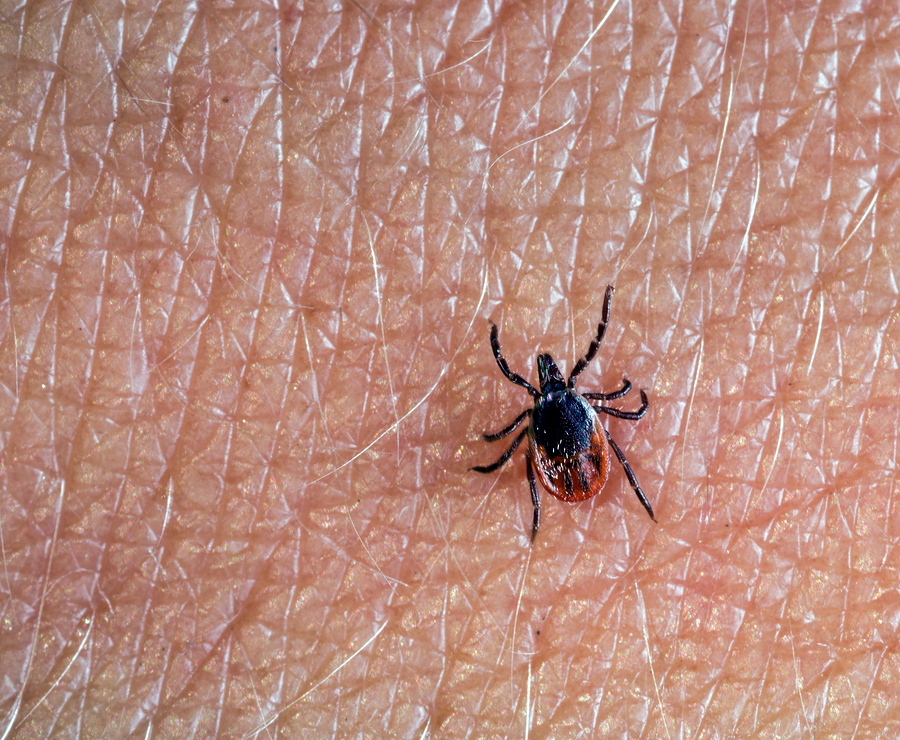Ticks that Stick! Get them off quick!
Removal
- Apply a moderate amo
 unt of liquid soap to a wet cotton ball
unt of liquid soap to a wet cotton ball - Press firmly on tick
- Rub in a counter-clockwise motion
- The tick should then release.
- Repeat procedure if needed.
- After removing the tick, thoroughly clean the bite area and your hands with rubbing alcohol or soap and water. Never crush a tick with your fingers.
- Dispose of a live tick by putting it in alcohol, placing it in a sealed bag/container, wrapping it tightly in tape, or flushing it down the toilet
Another way to remove ticks is to:
- Use fine-tipped tweezers to grasp the tick as close to the skin’s surface as possible.
- Pull upward with steady, even pressure. Don’t twist or jerk the tick; this can cause the mouth-parts to break off and remain in the skin. If this happens, remove the mouth-parts with tweezers. If you are unable to remove the mouth easily with clean tweezers, leave it alone and let the skin heal.
- After removing the tick, thoroughly clean the bite area and your hands with rubbing alcohol or soap and water. Never crush a tick with your fingers.
- Dispose of a live tick by putting it in alcohol, placing it in a sealed bag/container, wrapping it tightly in tape, or flushing it down the toilet.
Prevention
- After outside play, check skin and hair-especially the scalp, behind the ears, the neck and under the arms.
- When playing in wooded areas, children should wear long-sleeved shirts and pants and tuck pant legs into the socks.
- Use an insect repellent with 10% DEET.
When to call our office:
- The tick has been on the skin for more than 24 hours
- Part of the tick remains in the skin after attempted removal.
- A bulls-eye rash appears (3-5 weeks after bite).
- Flu-like symptoms such as fever, headache, fatigue, vomiting, and muscle and joint aches (3-5 weeks after bite).



